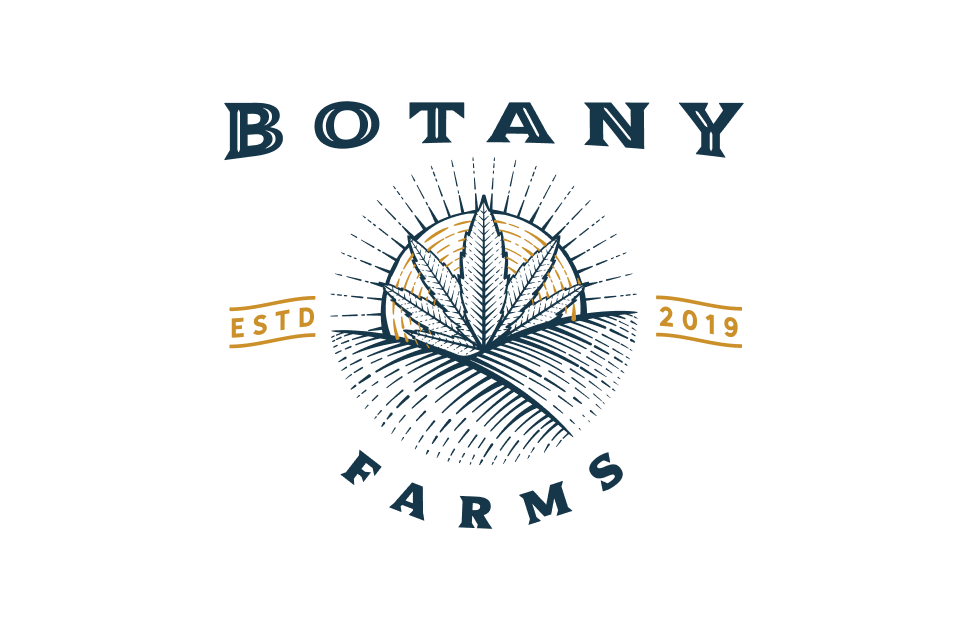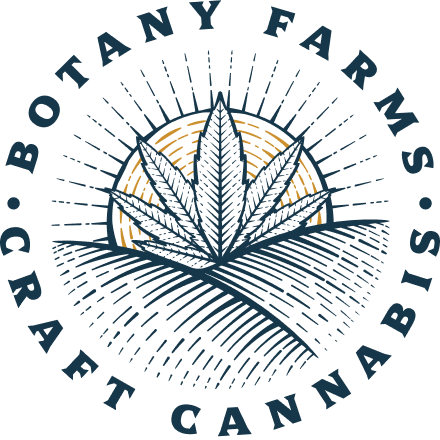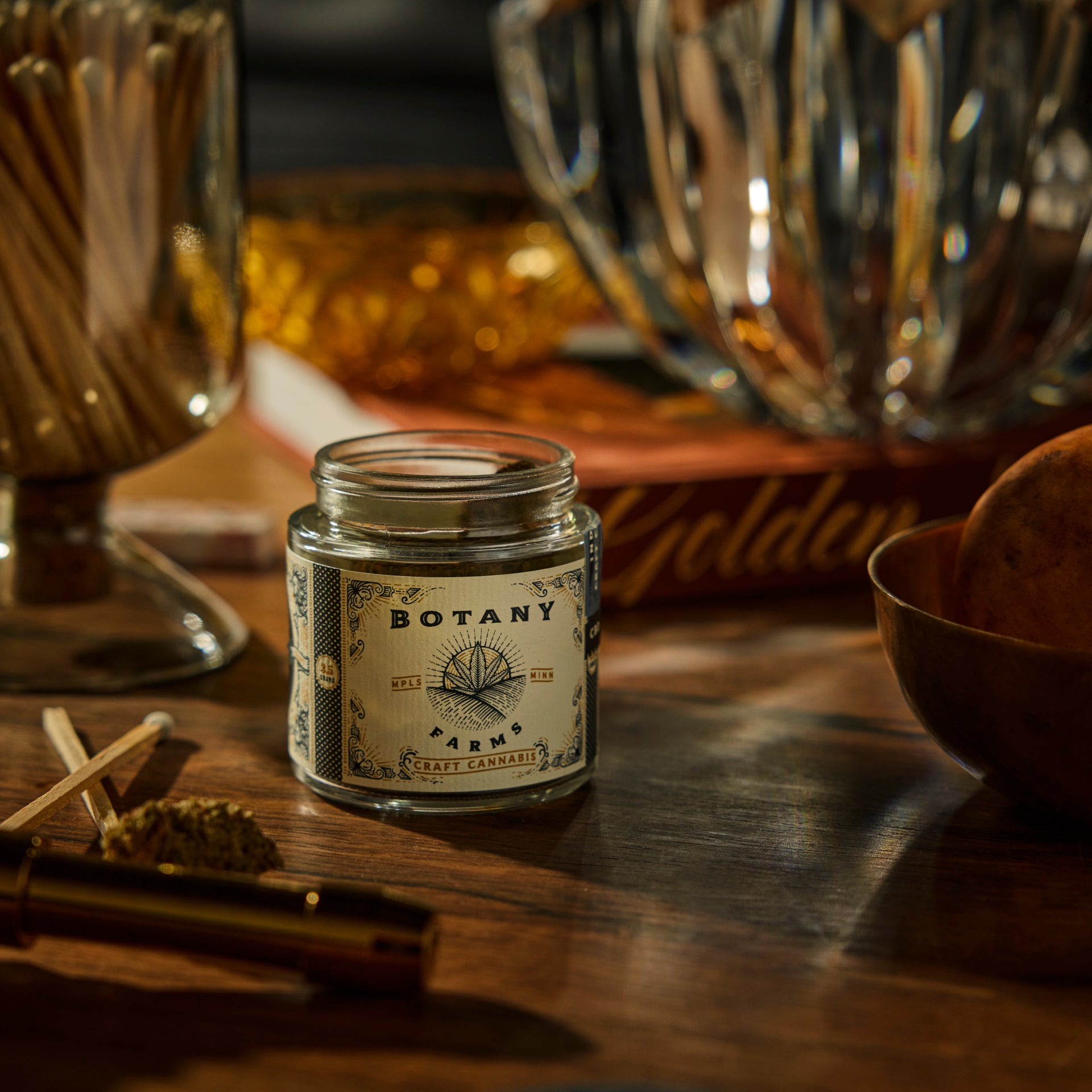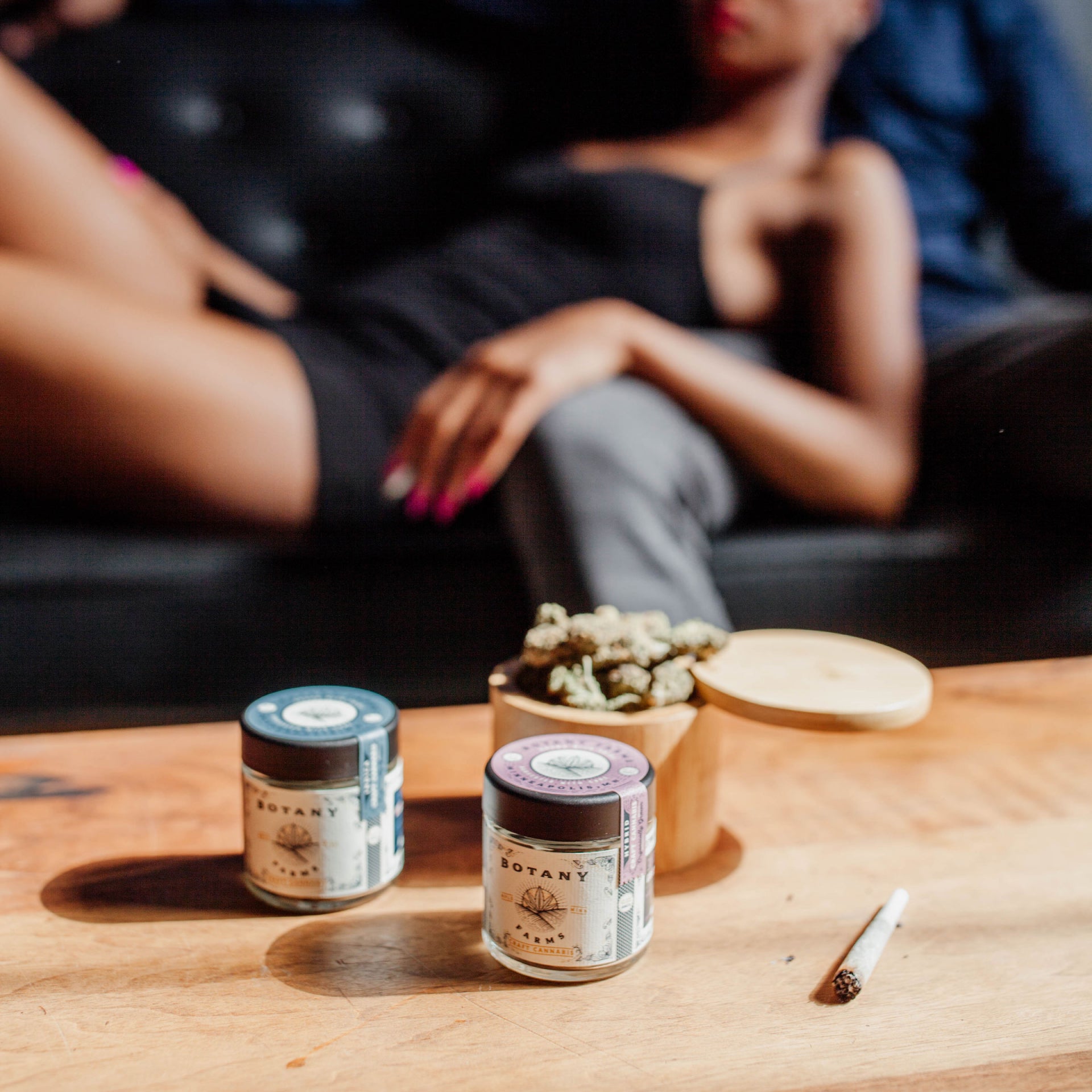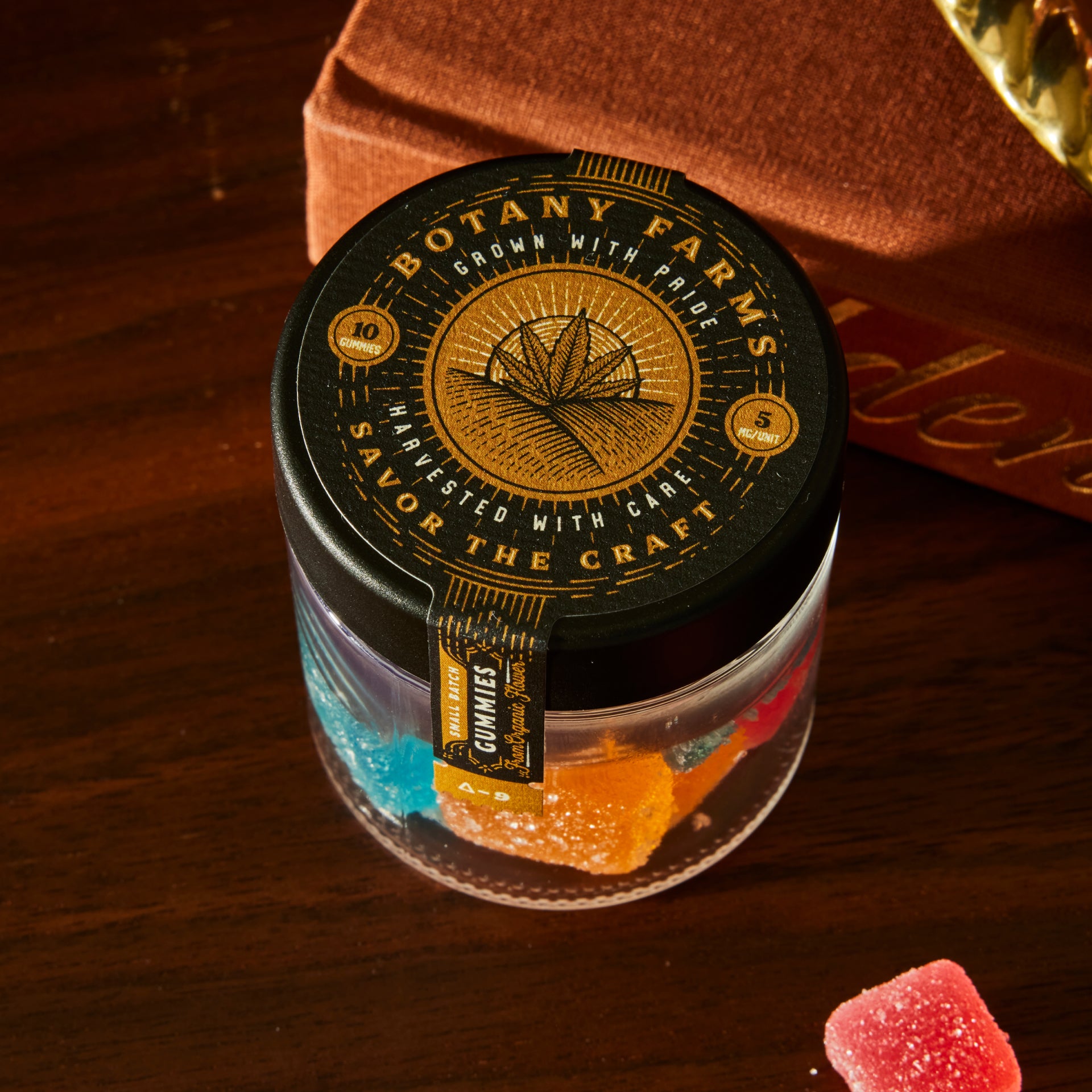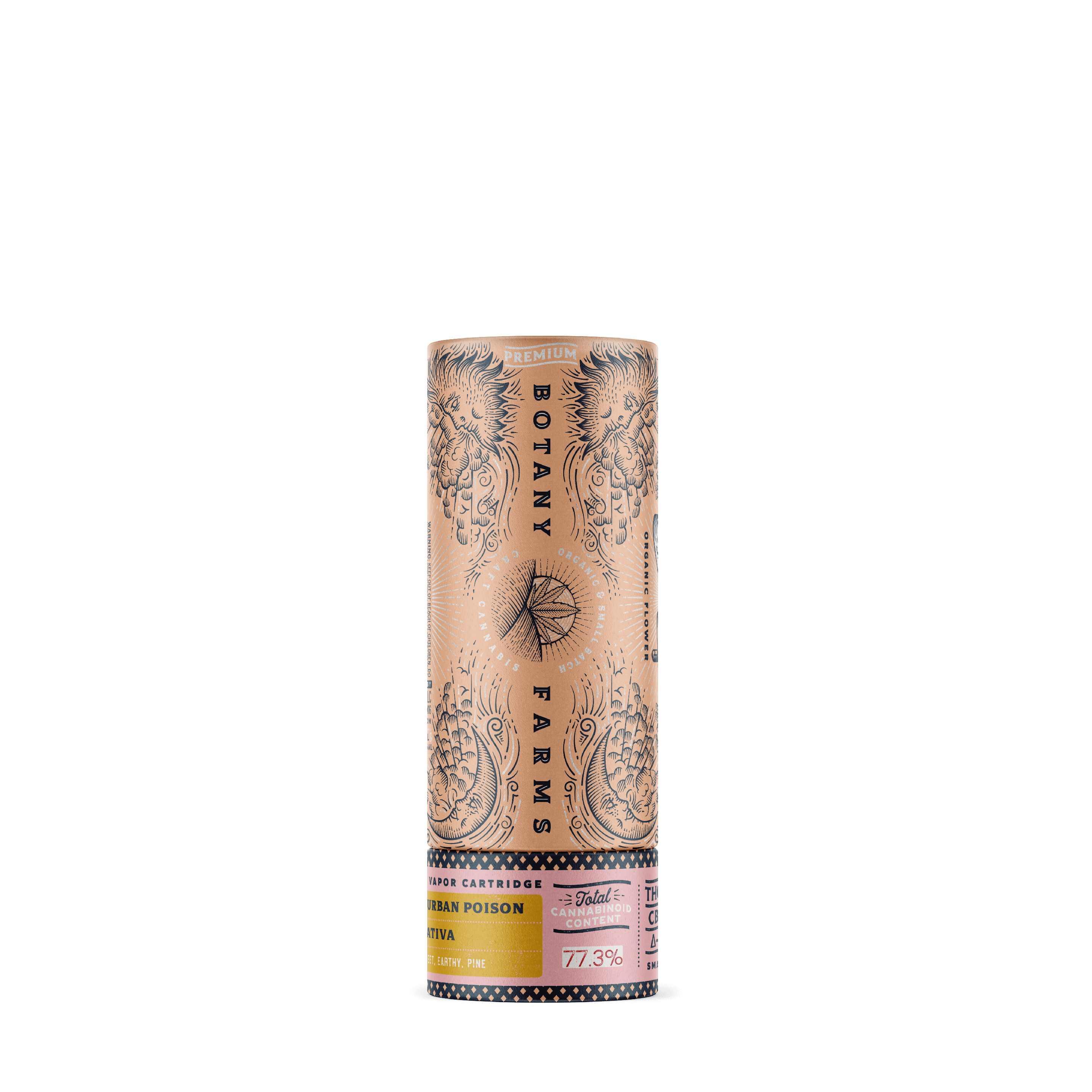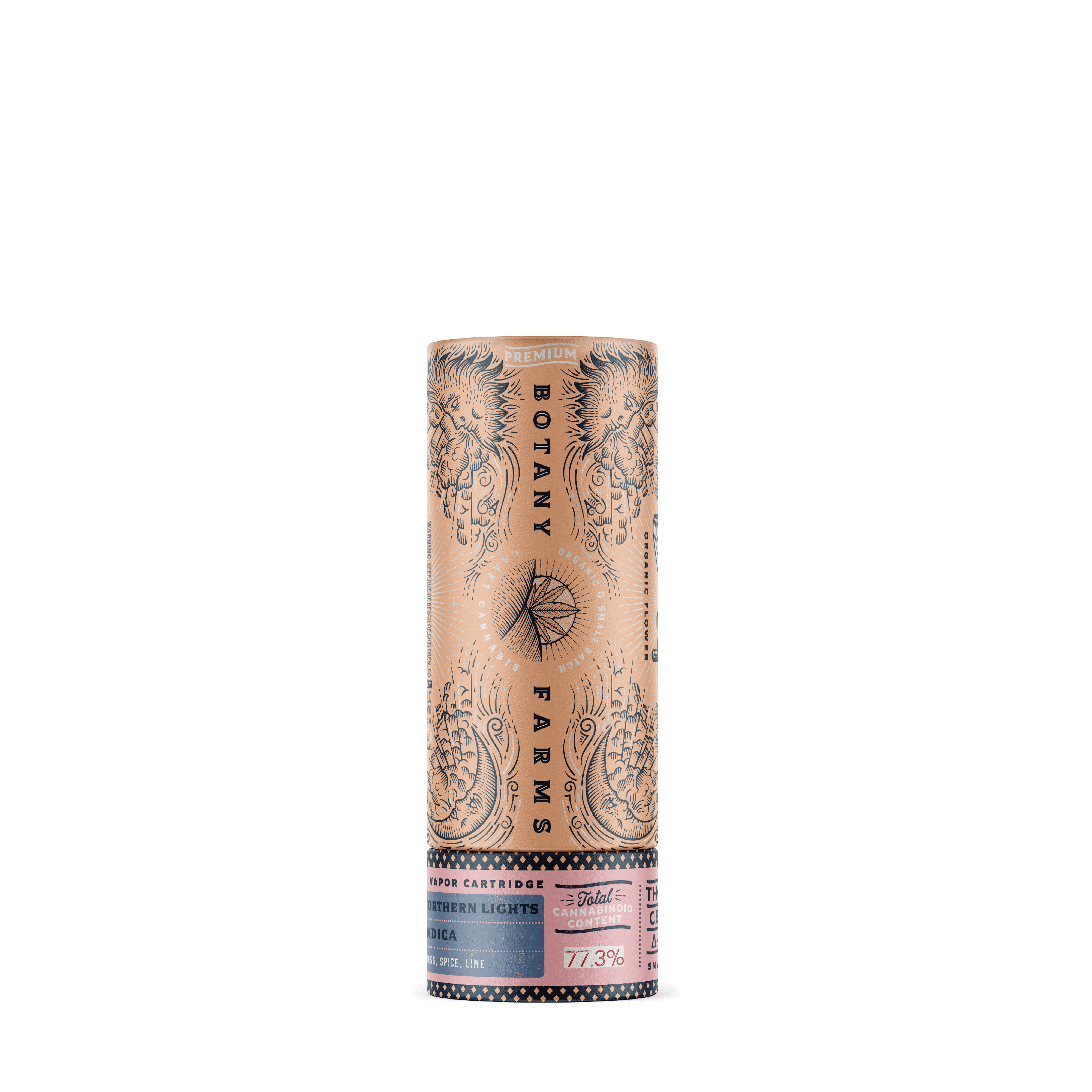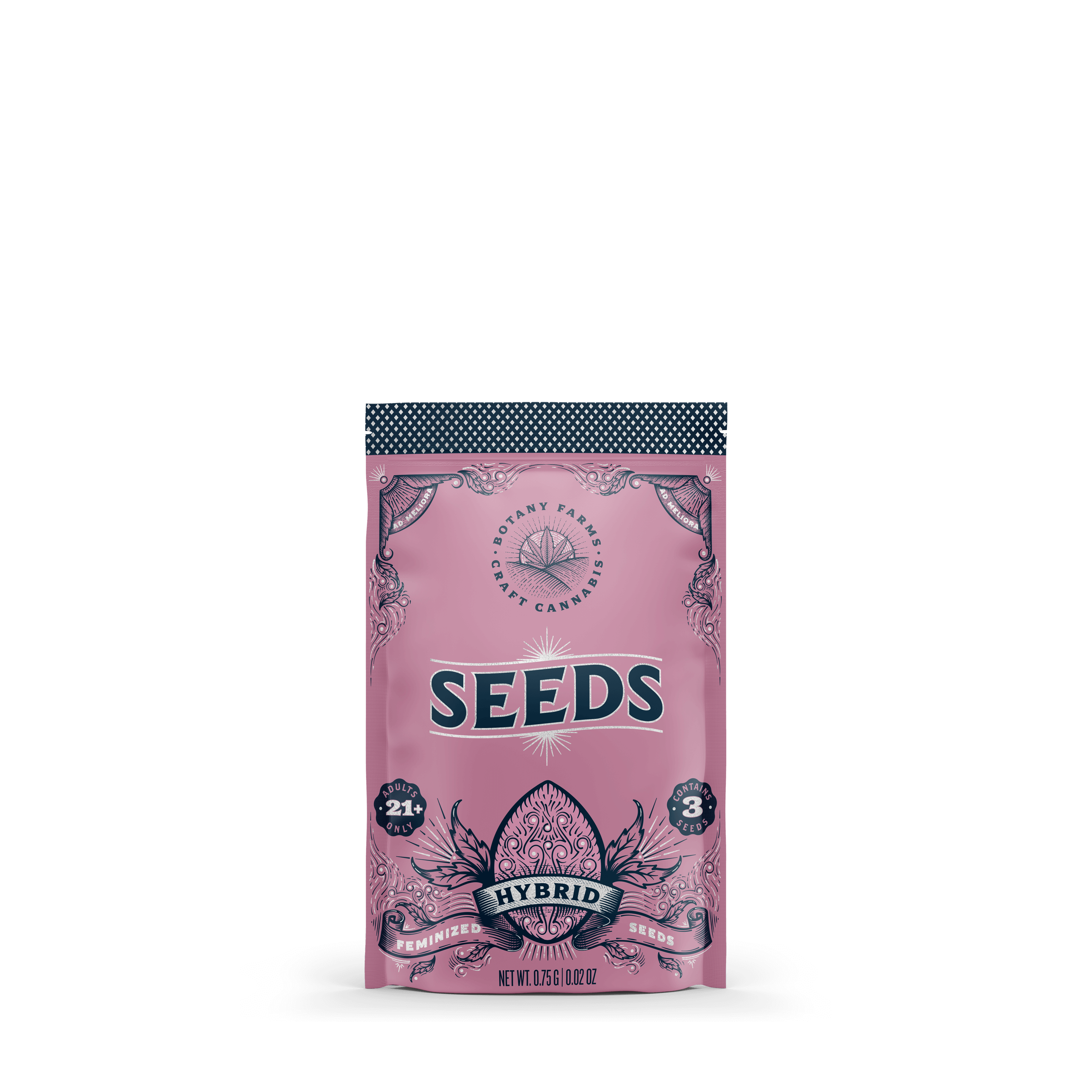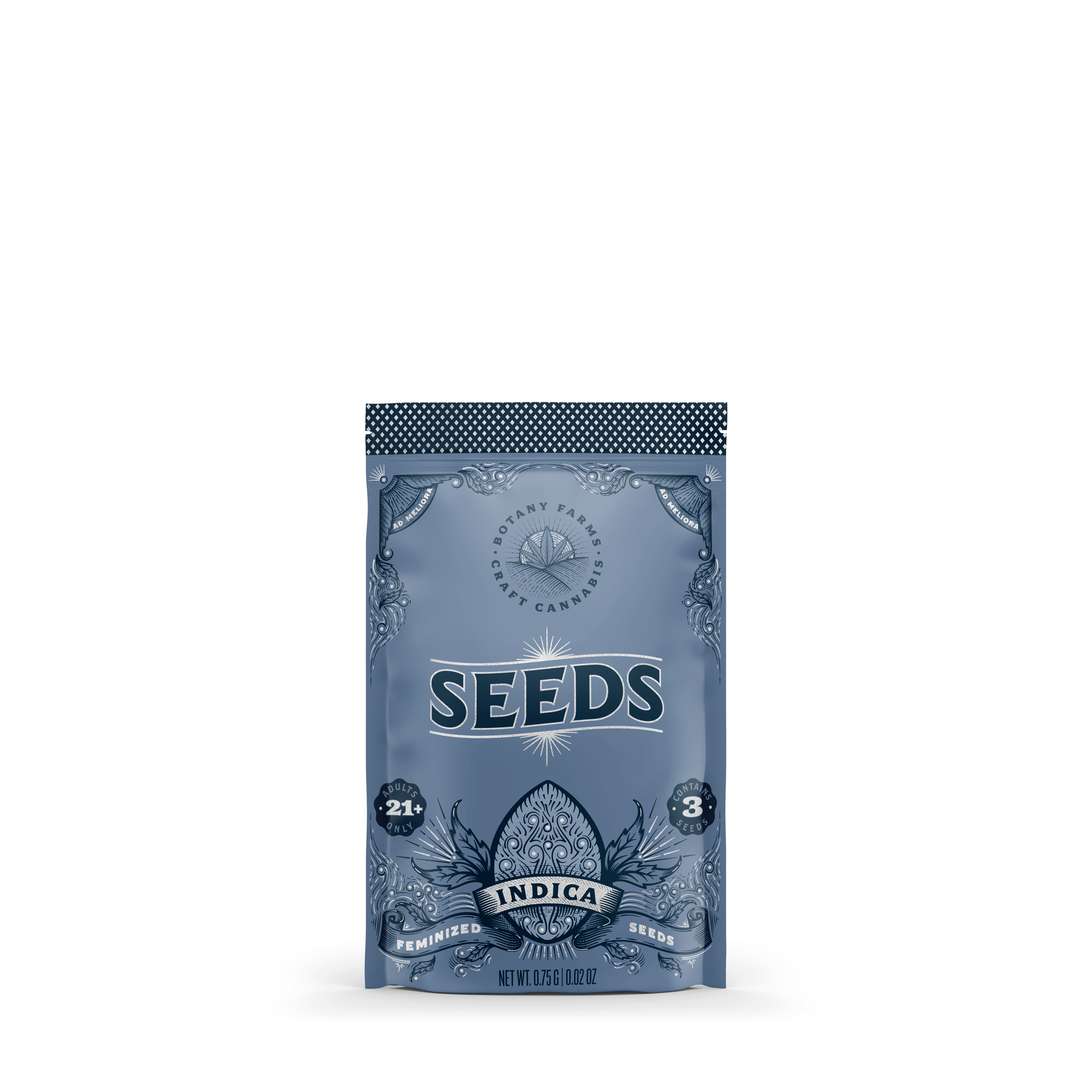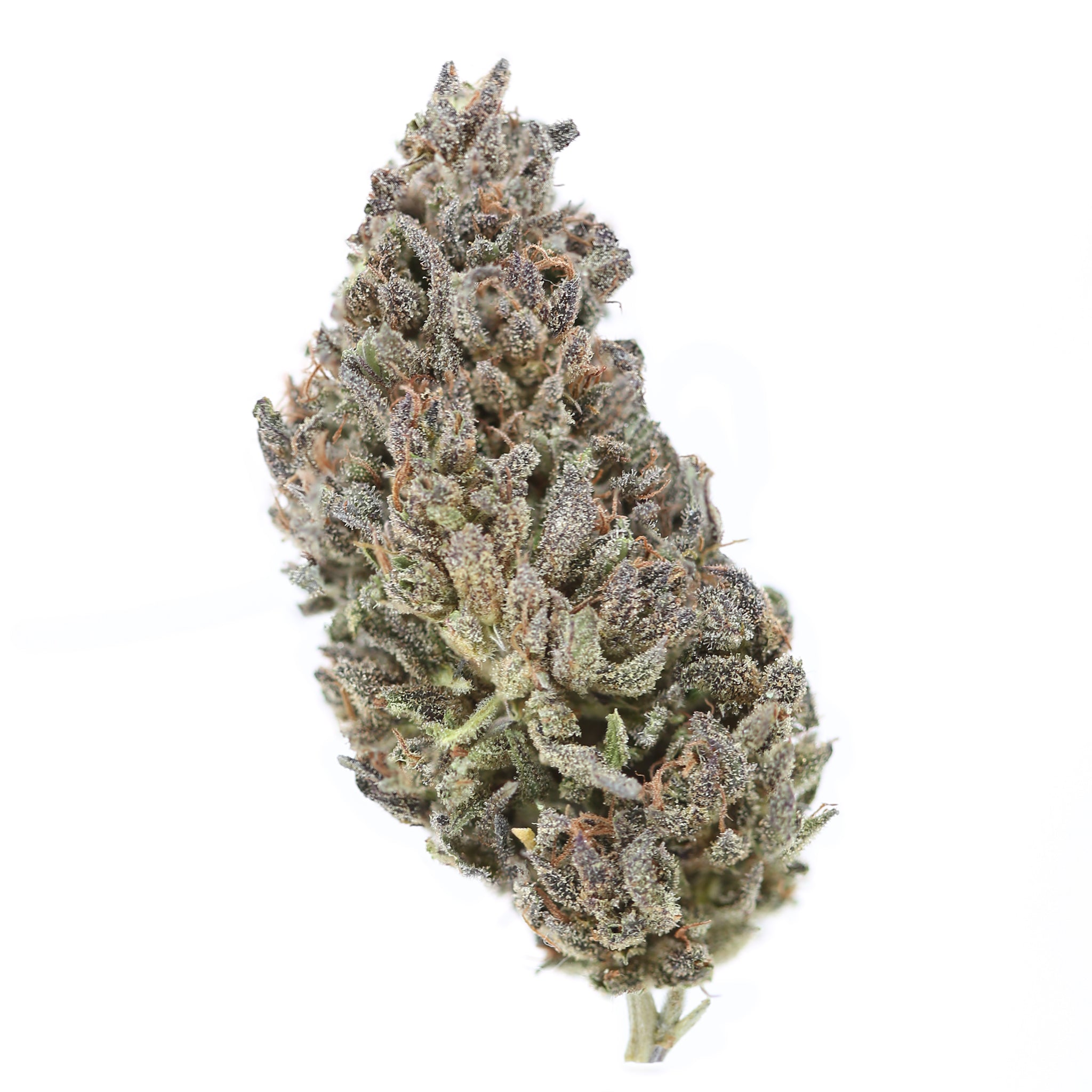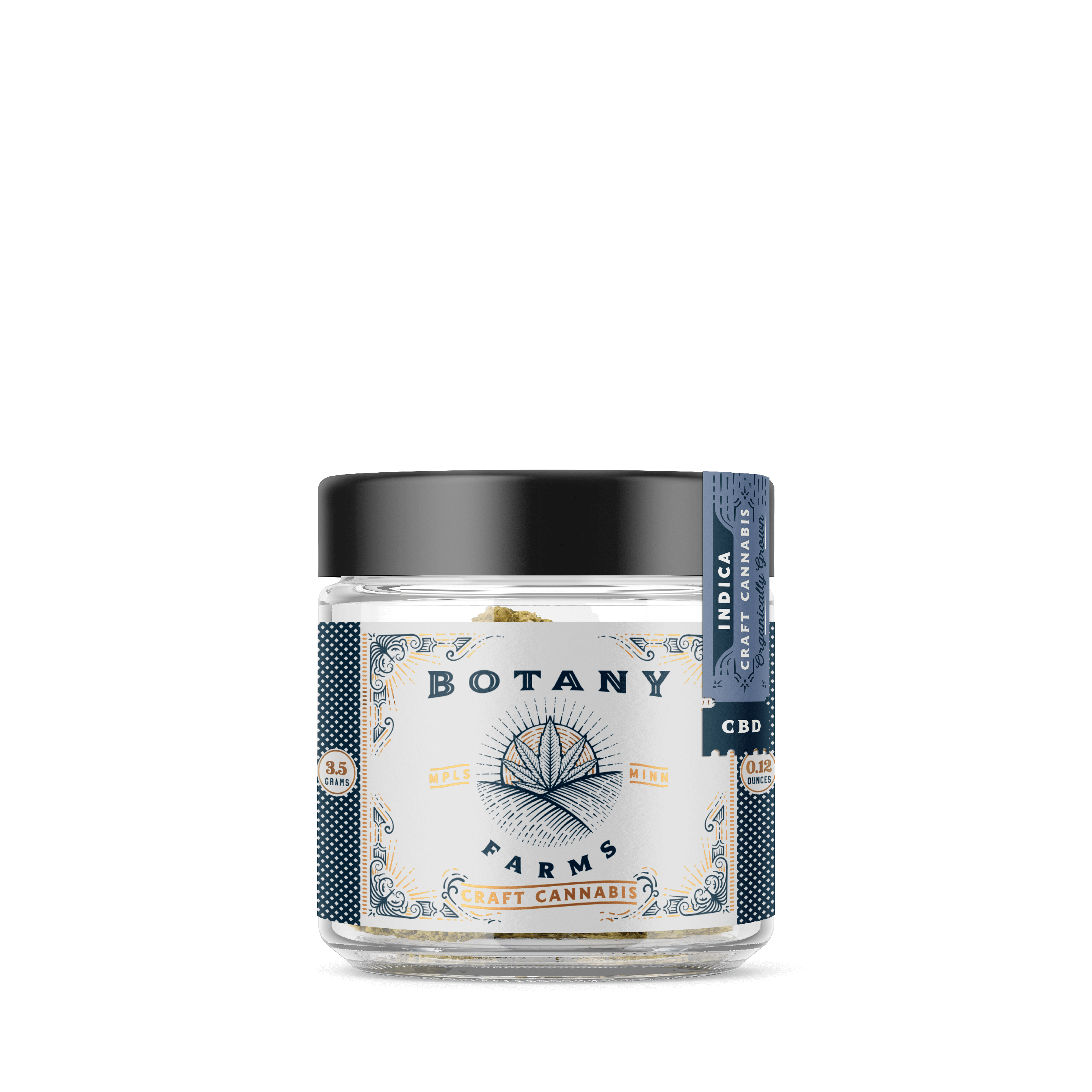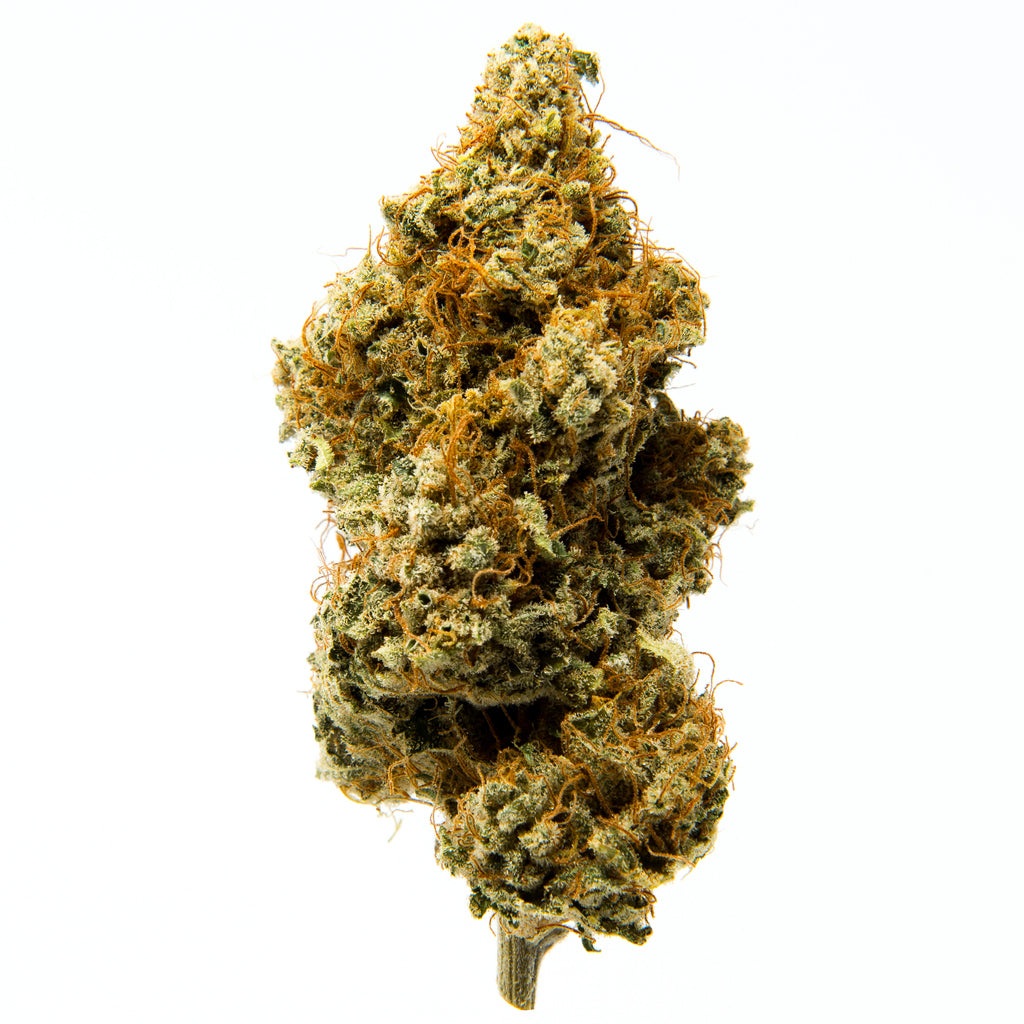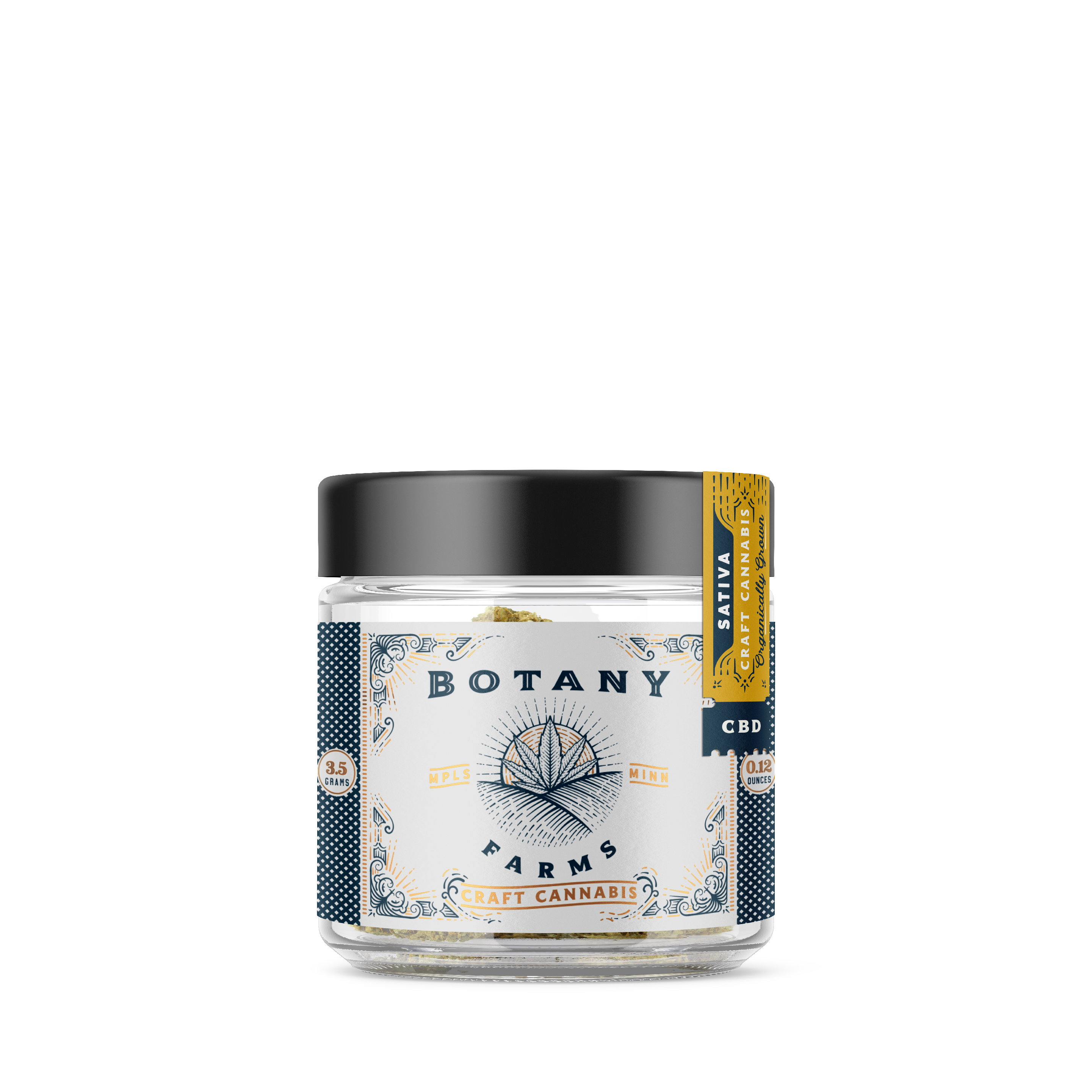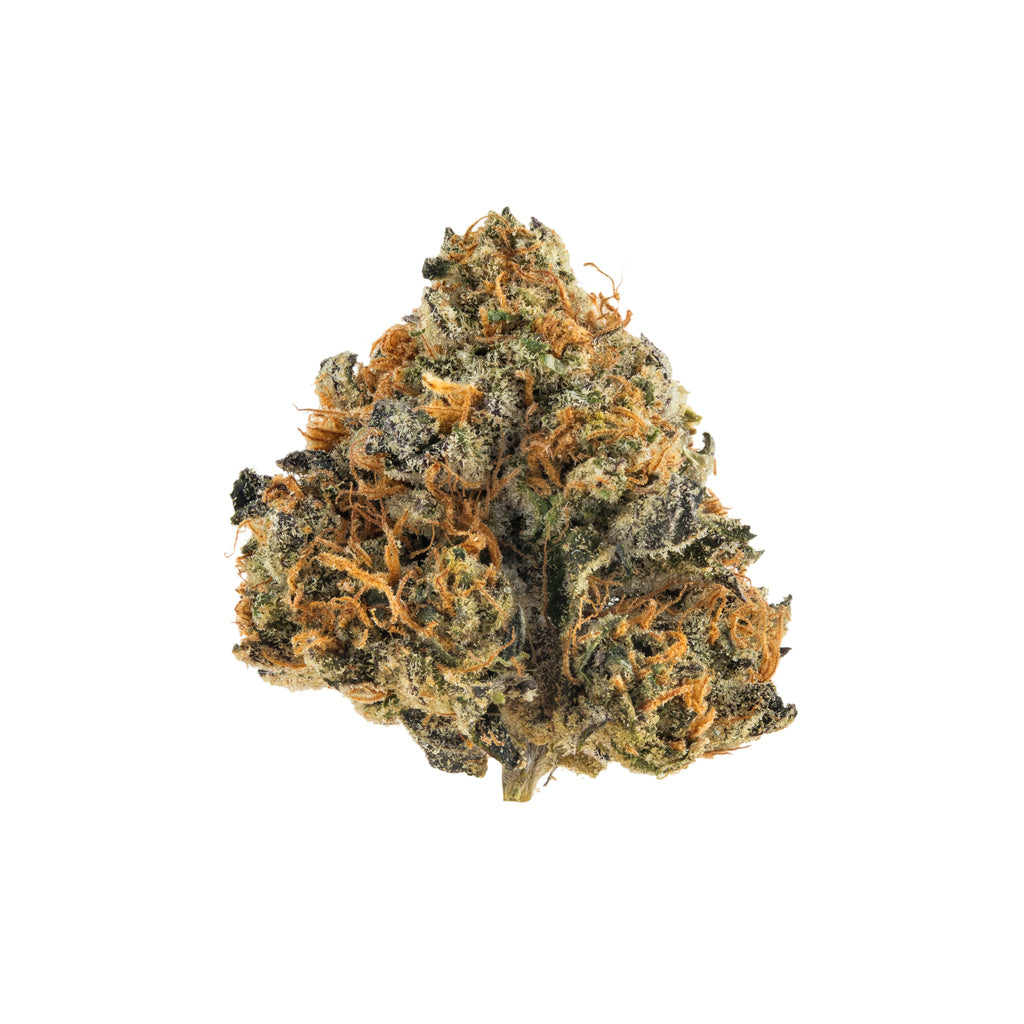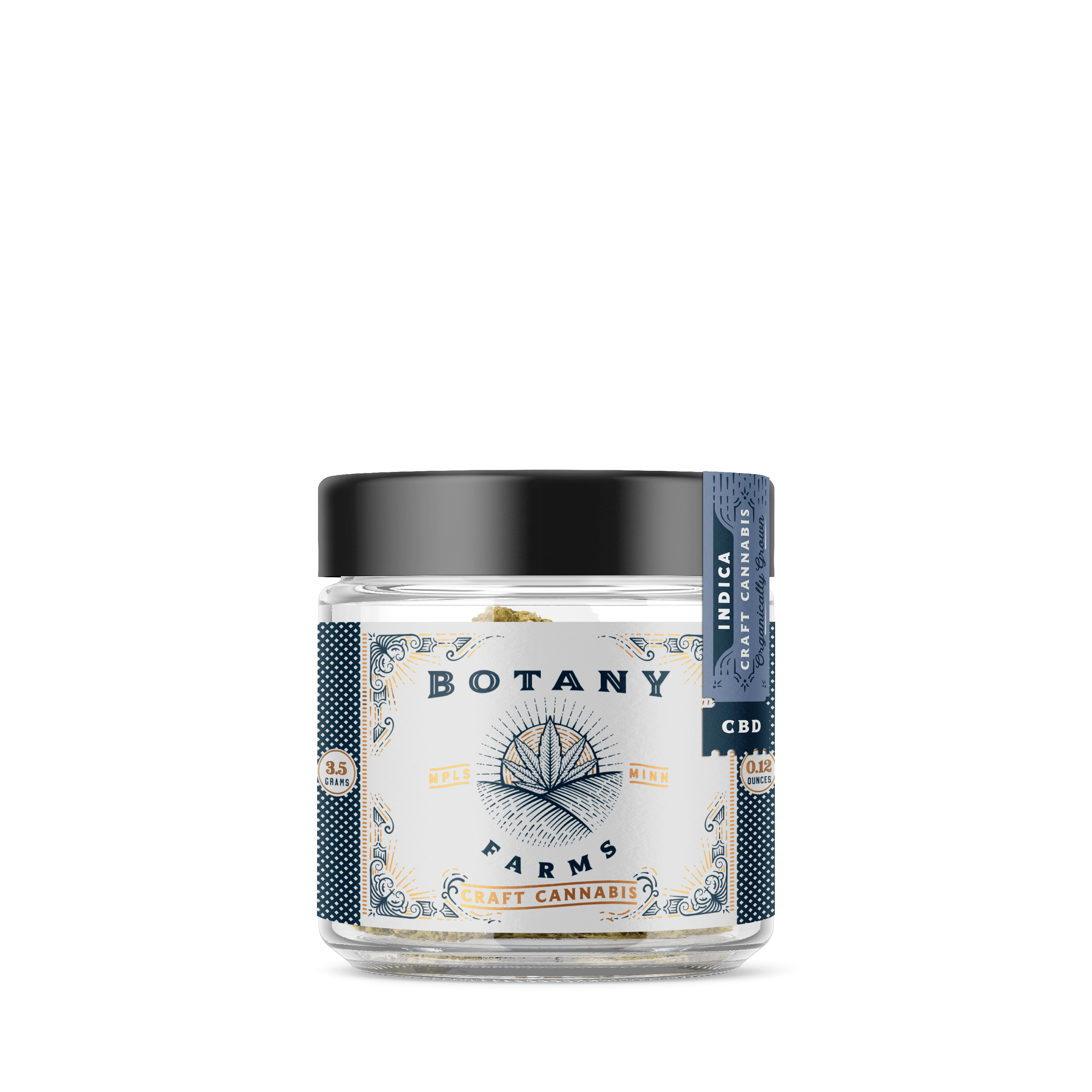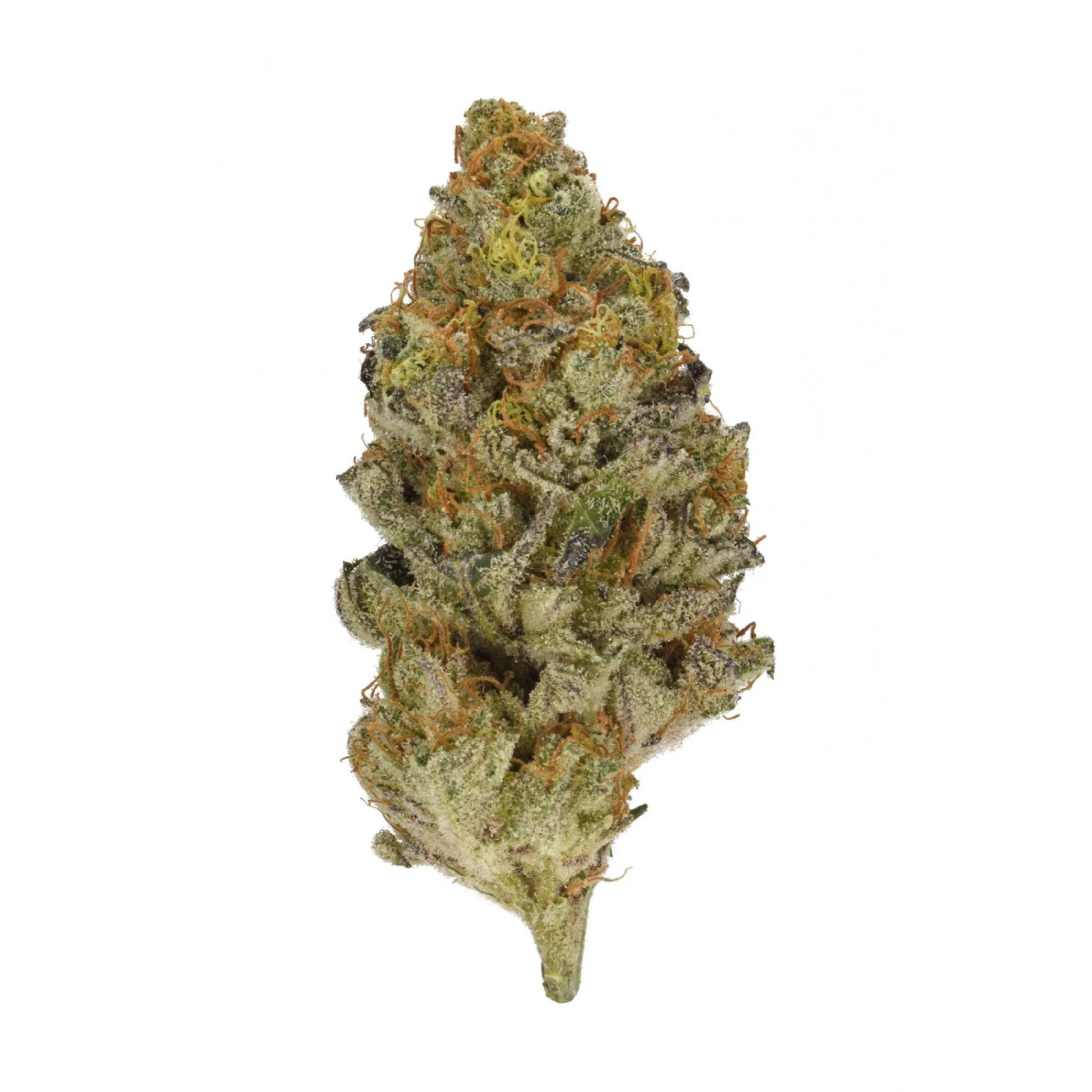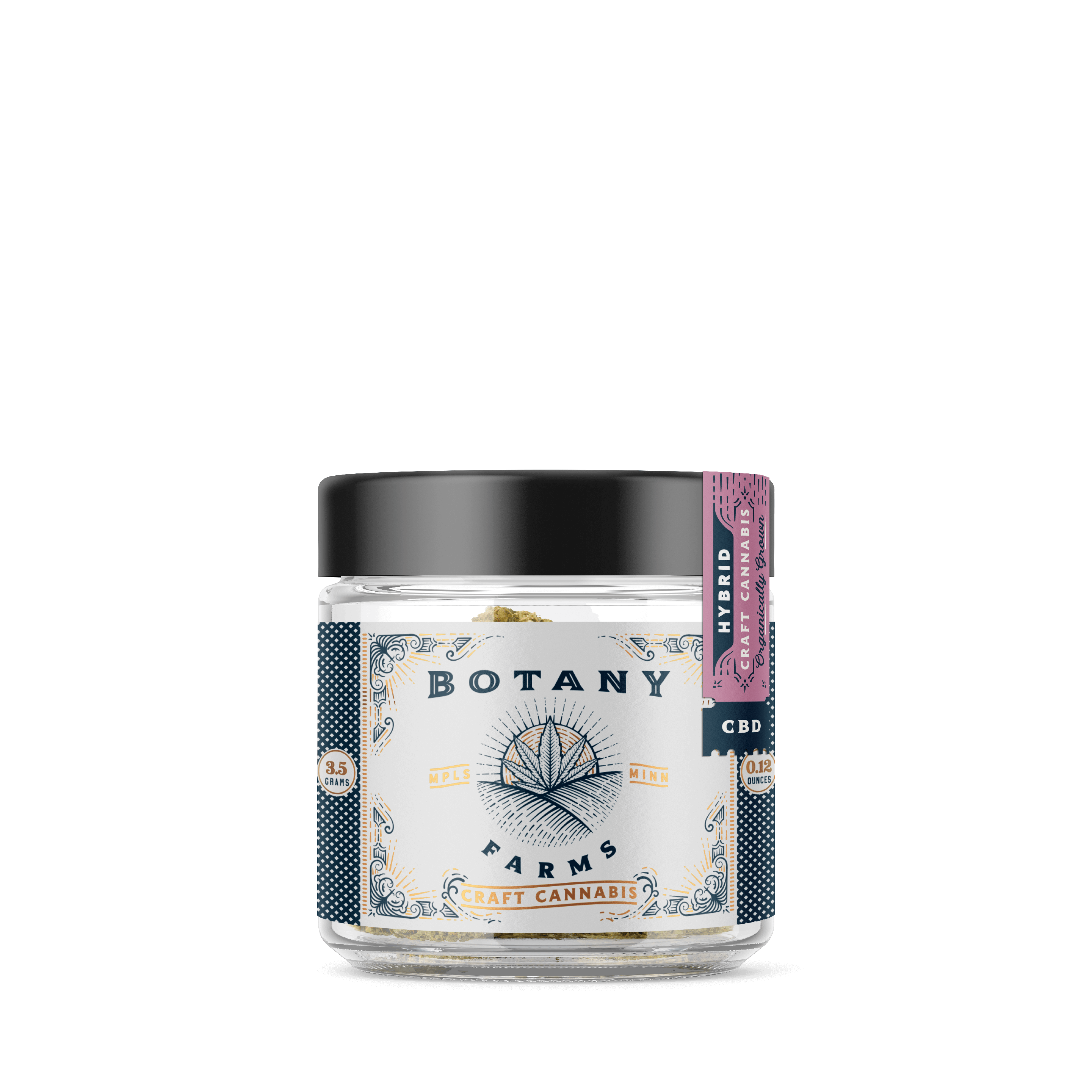- Key Takeaways
- What is THCa Flower?
- Where Do You Get THCa Flower Seeds?
- Is THCa Flower Natural?
- How is THCA Flower Grown?
- 11 steps: How to Grow THCA Flower
- Are There Differences Between Growing THC and THCa Flower?
- Is THCa Indica or Sativa?
- Can Any THC Strain Be a THCa Strain?
- Is THCa Flower Legal to Grow?
- How is THCa Flower Legal?
- Final Thoughts on Growing THCa Flower
- THCA: Frequently Asked Questions
THCa flower is something very special, and this is because of the THCa that it contains, as well as its legal status. Thanks to the 2018 farm bill, THCa flower should be legal at a federal level, which also means that you are allowed to grow it in many places. Although THCa converts into Delta-9 THC (which is generally considered illegal at a federal level) in its raw form, it does not qualify as containing Delta-9 THC and is therefore considered legal.
Seeing as it should be completely legal, you might want to try growing your own THCa flower. Maybe you just like growing legal THCa hemp flower for yourself as a hobby, maybe you want to save some money so you don't have to go to local dispensaries, or maybe you want to grow a strain that you can’t find for sale.
Whatever the case, growing THCa flower is not overly difficult, and is really not much different than growing other types of cannabis or hemp flower. This is exactly what we are going to teach you today, how to grow THCa flower. We'll talk about how to choose the strain, the different growing methods, and we will provide you with a step-by-step tutorial on how to get from seed to a cured product that is ready to be consumed.
Key Takeaways
-
THCa flower (not to be mistaken for THCv) is hemp flower with high levels of THCa, which through decarboxylation, turns into Delta-9 THC.
Due to the way in which the 2018 Farm Bill is formulated, THCa flower is technically considered legal.
This type of flower can be grown in various grow mediums, in different locations, and there are different strains to choose from as well, all of which We will discuss today.
If you’re just looking for some Delta-9 THC, check out our Botany Farms Blue Raspberry Delta-9 Gummies, or our Delta-9 Mixed Flavor Gummies.
What is THCa Flower?
THCa hemp flower is very closely related to regular cannabis, as it contains tetrahydrocannabinolic acid. This is the precursor to regular THC, Delta-9 THC to be exact.
When THCa is heated up (which is here referred to as the process of decarboxylation) a chemical reaction occurs which causes the THCa to convert into Delta-9 THC.
For those who don't know: THCa by itself, if it has not yet been decarboxylated, should not produce any psychoactive effects or be intoxicating in any way. Only when it is decarboxylated and turned into Delta-9 THC does it produce psychoactive effects.
This means that you could consume raw THCa flower without heating it up, and reap its potential medical benefits, all without getting high. However, as soon as you roll that THCa flower up, put fire to it, and inhale it, the THC turns into Delta-9 THC and therefore produces euphoric and intoxicating effects.
At this time, according to federal law, THCa flower should be totally legal, as when it is tested, it does not register as having high quantities of Delta-9 THC. If you just want some Delta-9 THC, take a look at our Pink Lemonade Nano Microdose Delta-9 Gummies.
Where Do You Get THCa Flower Seeds?
If you live in an area where it is legal to grow your own THCa flower, you should be able to find these seeds in a variety of your local seed banks.
Seed banks are local shops that are designed specifically to sell a wide variety of cannabis and hemp seeds, and this often includes THCa flower.
If you don't have a local seed bank or dispensary that will supply you with THCa flower seeds, you can always look online.
There are plenty of online seed banks that will deliver to you, both nationally and internationally. Here are some great high THCa hemp strains to consider.
Is THCa Flower Natural?
Yes, THCa flower is totally natural. This is not some kind of synthetic or man-made product.
Just like there are cannabis strains that have very high quantities of THC, and just like there are hemp strains that have very high quantities of CBD, there are also THCa strains that are very rich in THCa.
These just happen to be very specific strains that contain high levels of THCa, which eventually turns into Delta-9 THC through decarboxylation.
How is THCA Flower Grown?
Just like regular cannabis, there are multiple settings where you can grow THCa flower. This includes hydroponic growth, indoor growth, and outdoor growth. Let’s take a look at the main considerations to take into account with each of these growing methods.
Hydroponically
Growing THCa flower hydroponically means that you are using a medium such as gravel, sand, rock wool, or even just water with added nutrients. The most common approach used by hydroponic growers is water with added nutrients. In other words, there is no soil involved here, unlike traditional growing methods. There are a variety of benefits that growing flower hydroponically provides you with.
With a hydroponic growing method, you control exactly how much nutrients your plants get. Generally speaking, plants that are grown hydroponically tend to grow faster and mature earlier, while also producing bigger yields. Furthermore, because the roots are being fed directly, it does not require massive buckets of soil, and it's also quite space friendly.
Overall, when plants are grown hydroponically, they tend to feature better resilience against a variety of harmful diseases, pests, and more. What is also important is that this growing method provides you with easy access to the roots.
However, what you also need to consider is that the initial setup cost is quite high with a hydroponic growing operation, much higher than when growing in soil. Furthermore, if you happen to make any mistakes, especially with the nutrient balance, they can be extremely hard to rectify.
It also takes a lot more time, commitment, and effort to grow THCa flower hydroponically when compared to growing in soil. On that note, make sure that you always have backup generators for power, because the water pumps used to provide oxygen, nutrients, and water to your plants need to run constantly. If they don't run, you run into some serious problems.
Indoor
Yes, you can of course grow THCa flower hydroponically indoors, but what we are really referring to here is growing the flower in soil indoors. For as long as people have been around, the soil has been the most popular growing medium for plants of all kinds, and this includes both hemp and cannabis.
One of the big benefits of soil is that it is an all-natural resource that you can find virtually anywhere, plus it's very easy to use as well.
Soil is a great option for beginners to go with because it doesn't require much effort or upkeep, and adding nutrients to it is quite easy as well.
There is also the fact that regular soil is quite affordable, and people usually note that using soil to grow cannabis or hemp results in a good flavor and a smooth pull. You also don't need to be as knowledgeable or nearly as technically advanced to grow cannabis or hemp in soil as opposed to hydroponically.
Now, here we are talking about growing your THCa flower indoors. One of the biggest advantages you have of growing your flower indoors is that it is not nearly as exposed to pests, weather, or changing conditions.
When you grow indoors, you can keep the light levels, humidity, temperature, wind, and everything else at a steady level. This kind of control generally allows for fantastic results.
The downside however is that growing THCa flower indoors requires a lot of space, and usually requires a modified area specially dedicated to it. This process can also be a little bit smelly, especially when the flower goes through its flowering stage and produces a lot of odor.
Outdoor
The other option here is to grow your THCa flower outdoors, which is done in soil. Many people prefer growing flower outdoors, especially those growing very large quantities.
If you have more than just a few plants, growing indoors becomes unsustainable, unless you have your own warehouse. If you grow outdoors, and you have a good space, even just a backyard, you can grow a few dozen plants with ease. Remember that THCa flower tends to take up quite a bit of space.
Furthermore, when growing outdoors, you can also save a lot of money on equipment. When growing outdoors, the sun does all of the work, and if you're lucky, the rain will take care of the watering. However, if you grow indoors, you'll need to purchase lights and lots of other equipment.
The downside when growing outdoors, however, is that your plants are susceptible to changing conditions. There might be days or even weeks when there is not much sunlight. There might also be drastically changing temperatures, different humidity levels, and varying levels of precipitation. Outdoors your plants are also exposed to a variety of pests and diseases that can take their toll.
Perhaps the biggest benefit to growing your THCa flower outdoors is the yield. Hemp and cannabis strains of all sorts tend to get much larger outdoors and produce a much higher yield.
11 steps: How to Grow THCA Flower
Now that you know the basics, let's go through a step-by-step process on how to grow THCa flower.
1. Check with State THCA and Growing Laws
The first thing that you absolutely want to do is to check with your local state laws and regulations in terms of growing THCa flower.
Although THCa flower is legal at the federal level, which means that growing it should be as well, different states may have varying laws.
Therefore, it's always a good idea to check local laws first before doing anything that could be potentially illegal. There are also many areas where it is legal to grow a certain amount of THCa plants.
2. Choose Where You Will Grow (Indoors or Outdoors)
As we've already covered directly above, you can choose to grow either indoors or outdoors. If you grow indoors, you'll need to get some equipment, including grow lights, air fans, humidifiers or dehumidifiers, possibly heaters, and more.
If you grow your plant outdoors, you probably won't need to buy any of these things, because the natural environment will take care of most of the growing needs.
Also, keep in mind that if you grow outdoors, you're likely to get a much higher yield than when growing indoors, and growing outdoors affords you a lot more space to work with. On the other hand, growing outdoors can be tricky because you can't control the environment or the conditions.
When growing indoors, you can control all of the different factors, such as light, temperature, humidity, and more, therefore allowing you to produce the very best result. It's a calculated gamble that you need to take into account.
3. Choose and Calculate Your Light Source (Grow Light or Sun)
Related to the above point, if you plan on growing outdoors, you'll obviously be using sunlight as the main source of light for your plants.
However, if you are growing indoors unless you have some kind of greenhouse or your plants sit in front of massive windows, you'll need to get some grow lights. If this is the case, you'll need to do some calculations, because not just any light will do.
Right off the bat, we recommend going for LED lights, as these produce full-spectrum light that is ideal for plant growth. You may also go with fluorescent bulbs, although these generally don't last nearly as long and use much more electricity.
LED lights might cost about twice as much, but they also last five times longer than fluorescent bulbs and use about half of the power. LED lights also don't give off nearly as much heat, which is beneficial for controlling the grow room environment.
The most important calculation you'll need to make here is the wattage of the grow light. The rule of thumb here is to aim for between 20 and 40 watts of light output per square foot. So, if you need to illuminate a grow space of 10 square feet, you'll need a light that can put out roughly 400 watts, at the most.
You also need to pay attention to the lumens, which is a measure of light intensity. Your lights need to provide your plants with at least 3,000 lumens of light intensity for proper growth, with 5000 being ideal, and anywhere between 7,000 and 10,000 lumens being best. This is what commercial grow operations use for their plants.
4. Research and Choose Your Preferred Growing Medium
You then need to choose the grow medium for your plants. We already talked about growing your weed hydroponically and in soil, as well as what the advantages and disadvantages of both of those methods are. However, there are also other types of growth mediums you can use or at least use in combination with either hydroponic or soil growth methods.
For instance, one popular growth medium is perlite, which is an inert substance with a completely neutral pH level. This is a substance that you can add to both a hydroponic growth system and a soil growth system. This is a substance that greatly helps improve drainage and aeration.
Another medium you can consider is coco coir. This is something similar to peat moss, although more sustainable and eco-friendly. It's made from ground coconut husks, and it is a lot like soil, with some small differences. This is something that is often used in combination with a hydroponic growth method.
Another popular growth medium is the expanded clay pellet, which are small, round balls made out of clay. This is a soilless growing medium made for hydroponic use. These are great for the efficient and healthy growth of root systems.
There are then still other growth mediums you can research and consider, including, but not limited to, sawdust, rice hulls, growing stones, oasis cubes, vermiculite, and rock wool.
5. Research and Choose the Best Nutrients
You need to figure out what kind of nutrients you'll provide your plants with. There are about 20 essential nutrients that cannabis and hemp plants need for growth, with hydrogen, carbon, and oxygen being three of them, although these are supplied by the air and water you give your plants.
Other than that, the three main macronutrients that your plants need to grow effectively are nitrogen, phosphorus, and potassium, otherwise known as the NPK nutrients.
When you buy commercial nutrients for your plants, this is usually what they will always contain. There are then other essential secondary nutrients, such as sulfur, calcium, magnesium, boron, manganese, copper, zinc, iron, and molybdenum.
Important to note here is that the plants are in their vegetative stage, which means that they are growing foliage. Plants in their vegetative state require different nutrient levels from plants that are in their flowering stage, which means that they are growing buds and flowers.
During the vegetative state, the NPK ratio of your nutrient mix should be 3:1:1. Then, during the early flowering stage, a ratio of 1:3:2 is called for, and during the late flowering stage, a ratio of 0:3:3.
The nutrient levels required when growing hydroponically and in soil are slightly different as well, so we recommend doing some research on this front. Furthermore, we also recommend doing some research on the main differences between powdered fertilizers and nutrient mix, compared to liquid versions.
6. Get Your Cannabis THCa Flower Seeds & Choose Your THCa Strain
The next step here, if you haven't already done so, is to find yourself a local seed bank, or an online shop, where you can purchase your THCa flower seeds from. This means that you need to select the exact string you want to grow.
More than anything else, that usually boils down to personal preference, because each strain will have a slightly different flavor, aroma, THC content, and also different growth factors to consider.
Some THCa flower plants are much harder to grow than others, whereas others are much more resilient. There are beginner-friendly plants that can handle changing conditions, and there are plants that require a professional touch due to being very sensitive to a variety of growth conditions, such as temperature, moisture, humidity, and more.
Also consider whether you want to go with an Indica strain or a Sativa strain, keeping in mind that Indica plants are usually shorter and broader, whereas Sativa plants are generally much taller and skinnier. If you are growing indoors and only have a limited amount of space, this might be a deciding factor.
7. Germinate Your THCA Seeds
The next step is to germinate your THCa seeds. The most common method of doing this is by putting your seeds in between a few layers of damp paper towel, putting the paper towel inside of a plastic bag that you can seal, and then putting this in a relatively cool and dark area. It should take anywhere between two and seven days for your seeds to germinate.
Make sure that the paper towel stays somewhat moist, but not too wet or too dry. Also, don't keep opening it up several times per day. It's best to put the seeds in the paper towel and then leave it for around two or three days before you first check to see if anything has sprouted.
Some people may also choose to use starter pods or seed trays, which do make things easier and are ideal if you are growing many plants, although they might be unnecessary if you just have a few seeds.
8. Grow Your THCA Plant (This is the Vegetative Stage)
With your seeds germinated and sprouted, you can then transfer them into your growing medium of choice. Most people with basic resources will grow their plants in regular soil, so this is what we'll go with here. Take your seeds and plant them about half an inch under the surface of the soil, with the green sprout facing up.
You should notice the plant poking through the soil within just a few days. In this beginning stage, known as the seedling stage, it is crucial that you have your grow lights fairly close to the plants so they don't stretch out and become too thin, but also they shouldn't be too powerful, or else the fragile seedlings will burn.
You should also make sure to keep the soil just a little bit moist, but not overly wet. The root systems of young seedlings are not very developed yet and cannot handle much moisture.
After the first couple of weeks, your plant will officially transition from the seedling stage into the vegetative stage, which means that it is now focused on growing foliage. All of that foliage will then be used to support healthy flower growth during the flowering stage.
During the vegetative state, keep the temperature between 68 and 77 degrees Fahrenheit. Furthermore, the humidity levels for the cannabis grow room while the plants are in their vegetative state should be between 55% and 70%.
In terms of lighting, most people choose to provide their plants with 24 hours of sunlight per day during this period. There is a debate on whether or not a 24-hour light schedule is ideal. If you aren't sure, you can always provide your plans with 18 hours of light and 6 hours of dark, just to provide them with a bit of rest every night. Although, in most cases, a 24-hour light schedule does just fine.
Important to note however is that when growing indoors, you'll need to manually change the lighting schedule to cause your plants to start flowering. This is because when cannabis or hemp is grown outdoors, the changing amount of sunlight that the plants get towards the fall, which is a lot less, signifies that it's time to start producing flowers before it gets too cold. However, when grown indoors, there is no such indication from the sun, which means that you need to manually replicate this seasonal change.
A good tip here is to ensure that your plants get plenty of airflow, and even a bit of wind blowing on them. This will help strengthen their stocks to make them much stronger, and therefore better able to hold up their own weight. This will prevent them from bending over and collapsing once heavy buds start growing on them. All in all, you can expect the vegetative stage to last for anywhere between 4 and 10 weeks, at which point your plant will start growing buds.
9. THCA Flowering Stage
Depending on the exact string you chose, after anywhere between 4 weeks and 10 weeks, you'll notice your plants start growing flowers. They'll continue growing in size, although the focus will be on growing buds as opposed to regular foliage.
Remember that when growing indoors, to get your plants to start flowering, you need to change the light schedule from a 24-hour (or 18/6) to a 12/12 schedule, which means providing your plants with 12 hours of light and 12 hours of dark. This will force your plants to start flowering.
During the flowering stage, keep the temperature between 65 degrees and 85 degrees Fahrenheit. The humidity for your plants during the flowering stage should be between 40% and 60%. As the buds start to grow more and more, you'll notice certain odors starting to occur.
10. Harvest Your Weed
Eventually, it will be time to harvest your THCa flower. If you see that about half of the trichomes are milky white and the others are amber, it's an indication that your plants are ready. When it's time to harvest, you'll also notice that the fan leaves start to turn yellow, and they might start to curl a little as well.
For regular photoperiod plants, you'll notice that the pistils start turning slightly brown in color once the plant is ready to harvest.
If the trichomes are still clear and translucent, then your plant is not yet ready to harvest. However, if almost all of the trichomes have turned amber or brown, then it's likely too late. Using sterilized pruning shears, you can cut away the main branches and stalk of the plant.
11. Dry and Cure Your Newly Harvested Tasty THCA Buds
With your THCa flower harvested, it's now time to dry it. You need to dry it properly, or else you won't really be able to use it, and if it stays wet, it will likely get moldy. You'll want to hang the individual branches up in a fairly dry area. It should take around five to seven days to completely dry your new buds.
You then want to cure the flower, which means putting it in something like a mason jar and opening it up once per day to let the moisture out.
This curing process allows the bud to develop more cannabinoids and flavor. You really don't want to smoke or consume any kind of hemp or cannabis bud that has not been properly cured, because it won't taste very good or contain as much cannabinoid content as it could.
Are There Differences Between Growing THC and THCa Flower?
Although there might be some minor differences, especially in terms of the overall effects and flavor that the strain in question has, generally speaking, there is really not much of a difference.
Most cannabis and hemp plants generally have the same requirements in terms of sunlight, humidity, moisture, aeration, and more. As long as you provide your plants with constant and steady conditions, you should not have many problems either way.
Is THCa Indica or Sativa?
Just like regular cannabis strains and hemp strains can be either Indica or Sativa, so can THCa flower strains. It all comes down to the exact strain in question.
Many hybrid strains contain elements of both Indica and Sativa. Indica and Sativa strains produce a slightly different high, so it's important that you choose the right strain based on this.
Can Any THC Strain Be a THCa Strain?
Technically speaking, yes, any THC strain can be a THCa strain. Just remember that THC does not exist without THCa.
Even when you go to a dispensary and the cannabis buds you purchase are labeled as containing so and so much THC, because it has not yet been decarboxylated, It's in its raw form and is technically still THCa. Therefore, before it is decarboxylated, a Delta-9 THC strain is technically a THCa strain.
Is THCa Flower Legal to Grow?
According to the 2018 Farm Bill, as long as the flower in its current state does not contain more than 0.3% Delta-9 THC, it should be legal to grow. However, you always want to check with your local state laws to ensure that you are not breaking the law.
How is THCa Flower Legal?
THCa flower is legal due to what more or less amounts to a legal loophole. The 2018 Farm Bill differentiates cannabis and hemp-based on their THC content, specifically Delta-9 THC.
Although THCa turns into Delta-9 THC through decarboxylation, it in itself does not qualify as Delta-9 THC yet before it undergoes that chemical change.
When these plants are tested, they do not register as having high levels of Delta-9 THC and are therefore generally considered legal.
Final Thoughts on Growing THCa Flower
The bottom line here is that with some light, water, and a good growing medium, as well as a bit of patience and dedication, you can grow your own highly potent THCa flower. It’s not overly difficult, and as long as you are diligent, the results should be quite positive.
THCA: Frequently Asked Questions
Before we wrap things up, let's quickly answer some of your most frequently asked questions.
What is THCa Hemp Flower?
This is a specific type of hemp flower that contains high levels of THCa.
Is THCa Flower Real Weed? What's the Difference?
The difference here is that the THCa flower has not yet been decarboxylated, which is realistically the only difference between it and so-called real weed.
Does THCa Flower Get You High?
If you decarboxylate the THCa flower, which means applying some heat to it, which happens when you smoke it, then yes, it will get you high.
Is THCa Flower Good?
THCa flower is good because if you consume it raw, it provides you with potential benefits without getting you high, and if you decarboxylate it, it provides you with potential benefits and gets you high.
